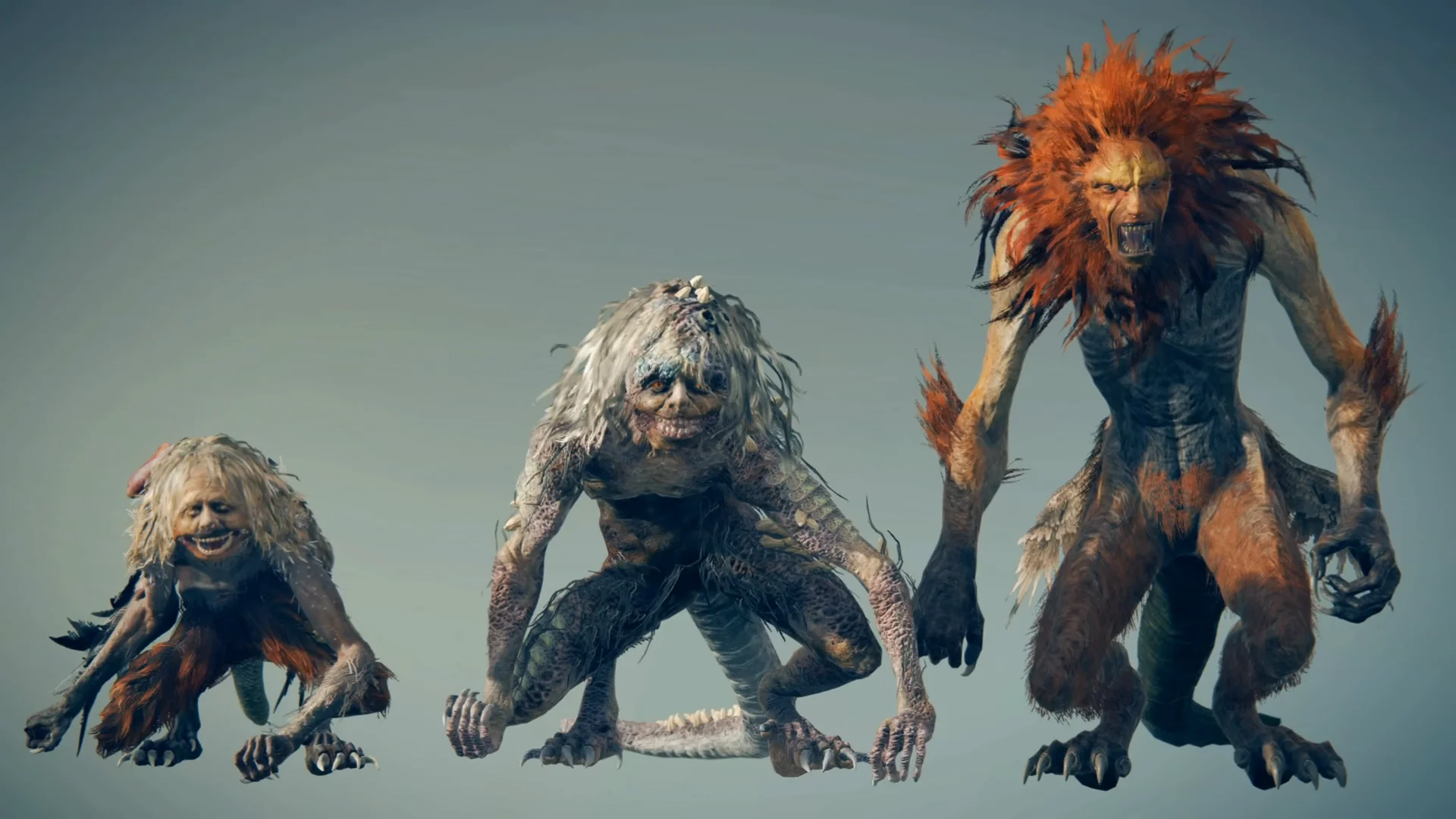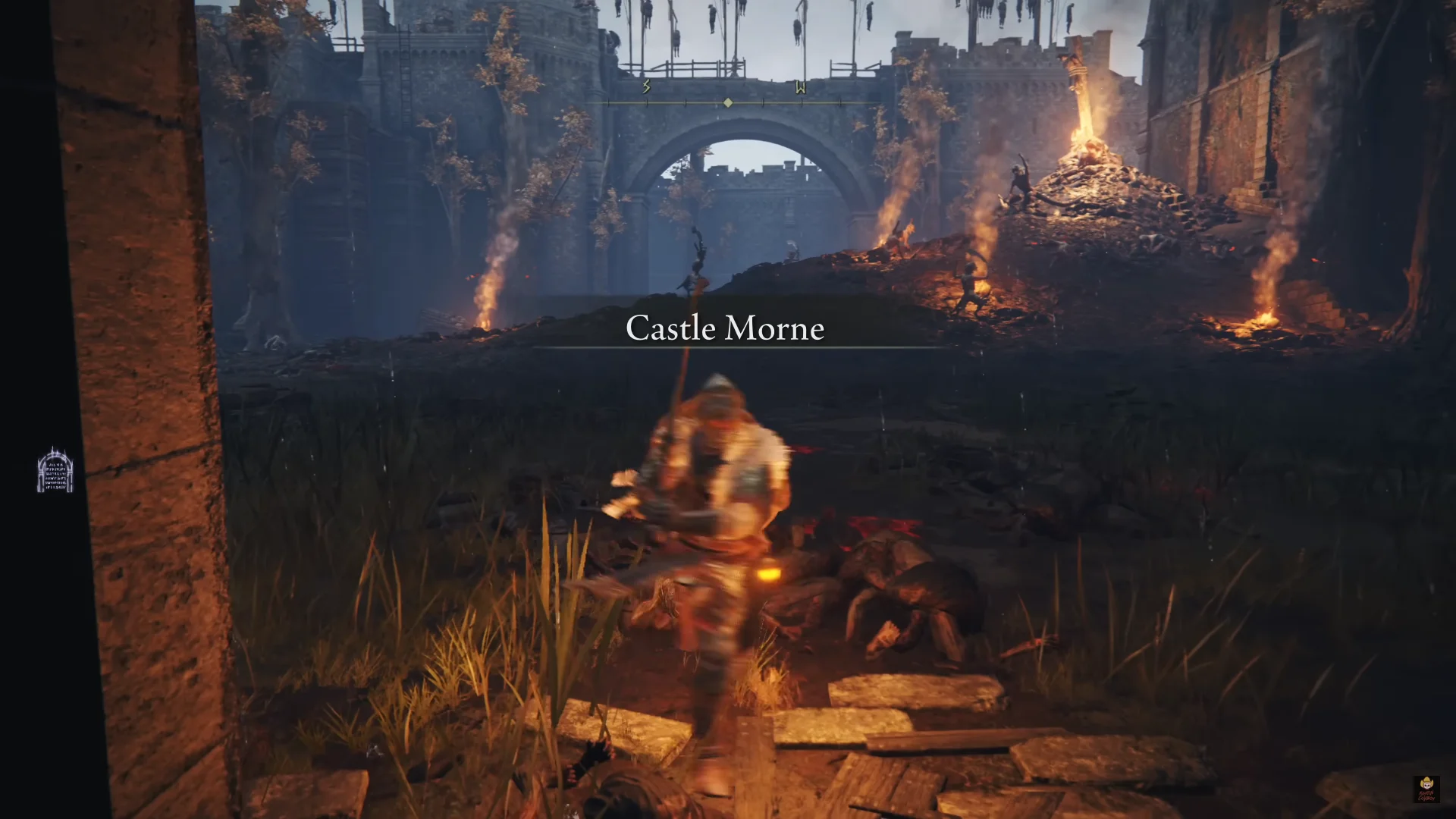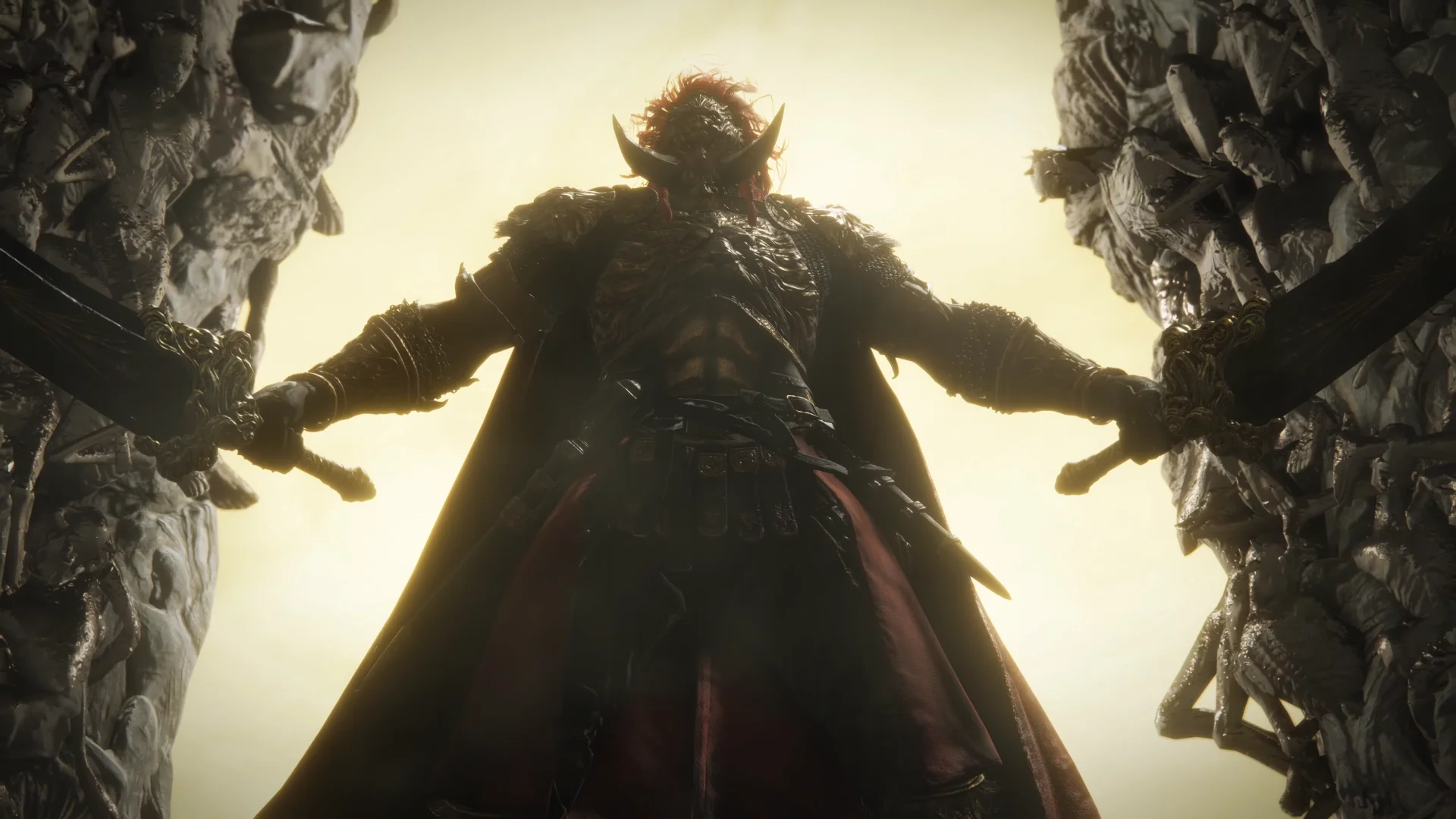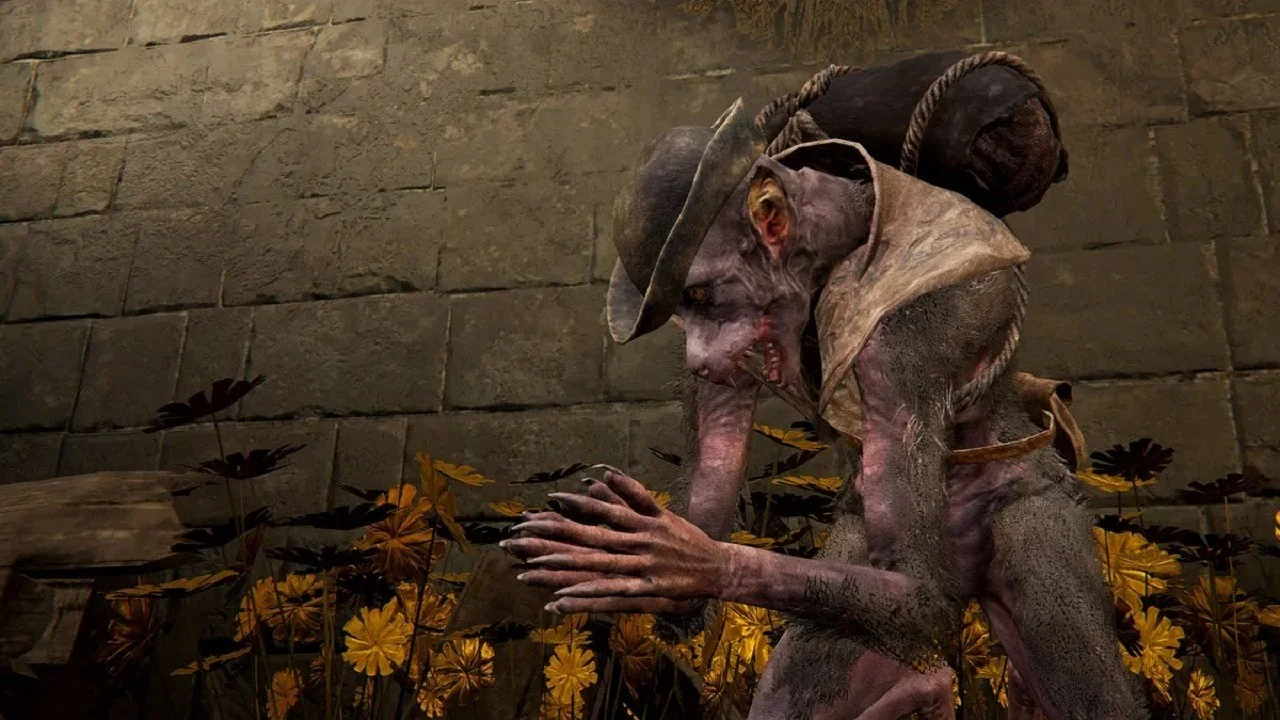· Elden Ring · 10 min read
Demi-Humans Lore: Bridging the Gap Between Beast and Divine
Elden Ring offers a world rich with lore and complex stories, blending myths, evolution, and cosmic influences. Among its inhabitants are the demi-humans, creatures with both human and beastly traits.
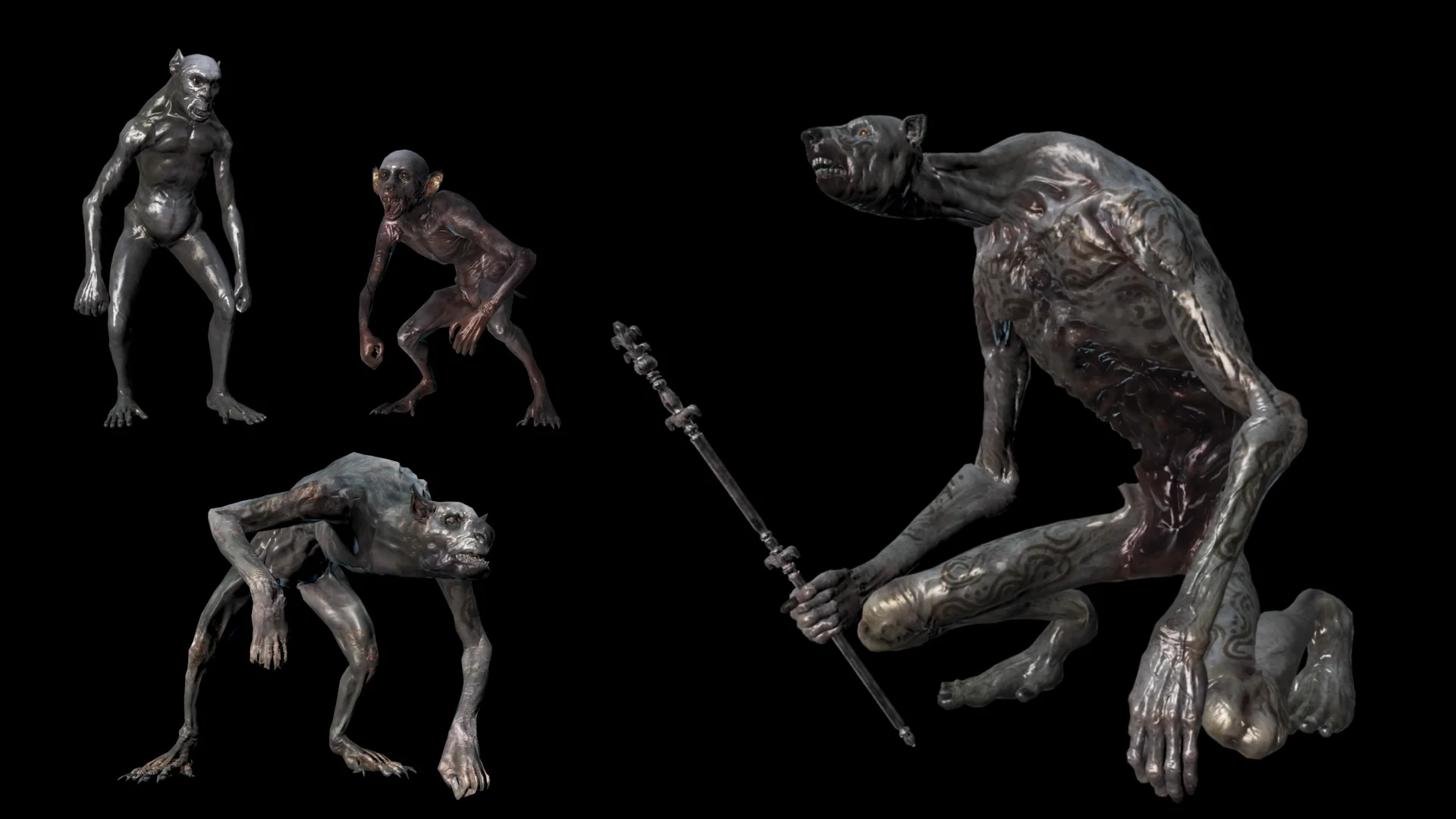
Often marginalized and misunderstood, demi-humans serve as a crucial link between the primal and civilized, challenging societal norms and species classifications. This post explores the origins, evolution, and social perceptions of demi-humans, examining their connection to the outer gods and their role in the cosmic story of Elden Ring.
Demi-Humans Lore and Origins
In the expansive universe of Elden Ring, demi-humans serve as a bridge between the primal and the civilized, the beastly and the human. These hybrid beings, combining human and beast traits, symbolize the game’s rich lore of myth and evolution. The term “demi-human” highlights their dual nature, implying a creature that is only partially human, with the other half rooted in the animalistic. Their mammalian features, resembling those of rats, dogs, and bears, set them apart from other humanoid creatures like Beastmen or Misbegotten.
In Elden Ring, people often see demi-humans as lesser beings, marginalized by more dominant races. They struggle for identity and acceptance, as shown in their interactions with characters like Kenneth Haight, who seeks to reintegrate them into society. This view of demi-humans as “vulgar” or sub-human reflects the social hierarchies in the game’s universe, where lineage and divine parentage often dictate status. While the historical context of demi-humans is mysterious, their presence hints at a forgotten past where gods and beasts might have mingled, producing offspring who would eventually walk the Lands Between. As we explore their evolutionary path, the significance of demi-humans becomes clear, offering insights into the broader lore and the complex interplay of races in Elden Ring.
Demi-Human Evolution: The Missing Link Between Beastmen and Humans
In Elden Ring’s lore, demi-humans serve as an evolutionary link between beastmen and humans. They combine beastly and human traits, representing a transitional phase in evolution. Unlike the upright and often brutish beastmen of Faram Azula, demi-humans blend mammalian features—reminiscent of rats, dogs, and bears—with human-like attributes. This combination is not just physical; it also appears in their societal roles and interactions. They exist in a state of flux, caught between primal instincts and the complexities of human civilization.
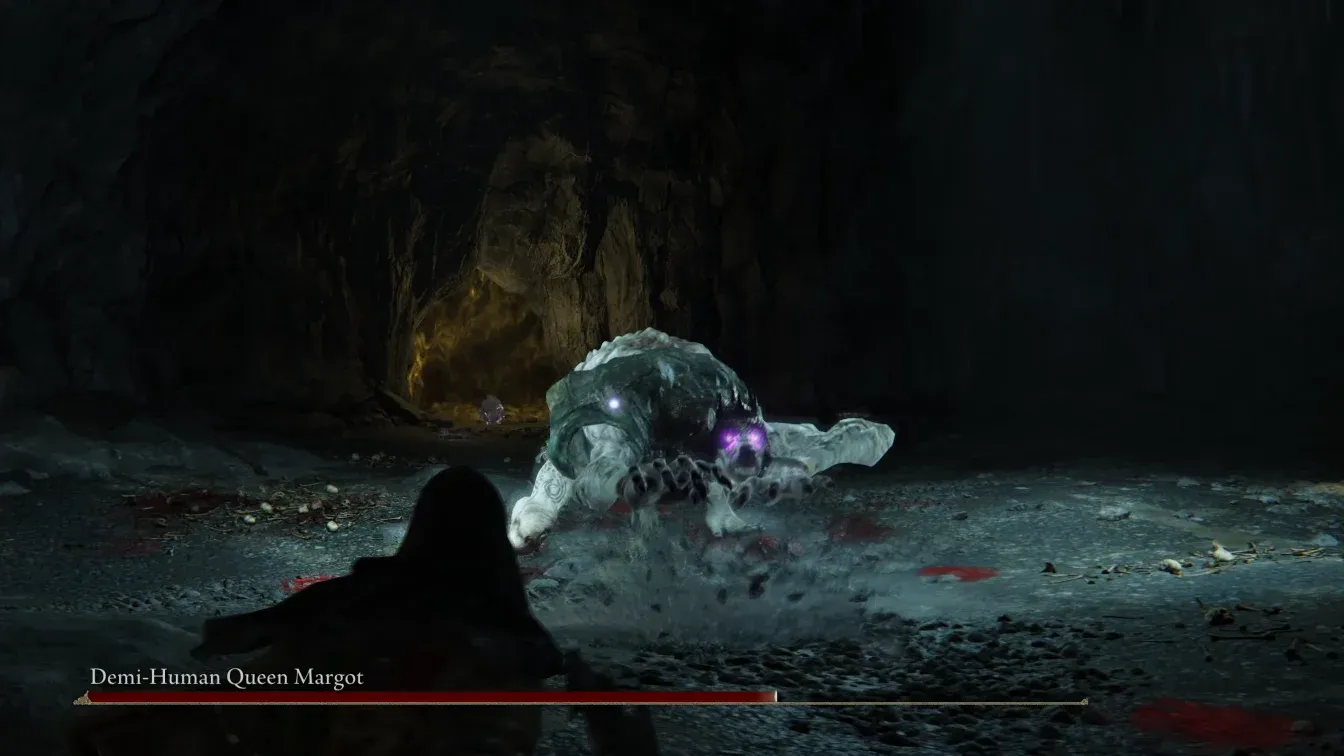
Theories about their evolution suggest divine or mythical intervention, similar to the ancient pantheons in Elden Ring’s world. Some believe that demi-humans result from unions between mortals and divine beasts, echoing the genealogical themes seen in other races. This evolution hints at a broader lore where lineage and divinity intertwine, shaping the destiny of demi-humans as they find their place in the world. Their unique characteristics, such as animalistic agility and the ability to form societal structures under leaders like their queens, highlight their role as a crucial evolutionary link. By bridging the gap between the beastmen’s raw ferocity and humans’ refined culture, demi-humans challenge rigid species classifications, enriching Elden Ring’s narrative with their unique existence.
Connection Between Demi-Humans and Outer Gods in Elden Ring
The connection between demi-humans and the outer gods in Elden Ring reveals a cosmic relationship that shapes their roles and powers. Demi-humans, a mix of beast and human, might bridge the tangible world with the cosmic influence of the outer gods. This connection emerges through elements in the game, such as the demi-human queens’ names, which echo the royal lineage of Marika, a figure deeply linked with cosmic influences. The demi-humans’ potential lineage as children of Marika and a beastman could suggest a divine ancestry, hinting at the outer gods’ role in their creation and existence.
Moreover, demi-humans’ evolutionary path, as the link between beastmen and humans, suggests they might embody a fragment of the outer gods’ will, serving as agents or remnants of their cosmic power. Their existence and characteristics, lacking a distinct identity and being labeled as ‘demi,’ may reflect their role as intermediaries between the mortal world and cosmic entities. This is further supported by their apparent subjugation and struggle for identity, possibly mirroring the outer gods’ suppressed expressions. Such connections imply that demi-humans are not merely another race but are integral to the cosmic narrative, influenced by the outer gods’ attempts to project their will onto the world, adding layers to the complex lore of Elden Ring.
Role of Demi-Human Queens and Their Mythical Lineage
In the Lands Between, the demi-human queens hold pivotal roles within their society, connecting their mythical lineage with societal influence. Queens like Maggie, Margot, Gilika, and Mariga carry names echoing the royal lineage of Marika, suggesting a profound link to the divine. This connection is not just in name but may indicate a lineage tied to the sacred, hinting at descent from Marika or at least an aspiration to emulate her power and stature. This potential divine ancestry elevates the queens beyond mere leaders, positioning them as semi-divine figures whose influence extends into the spiritual realm of the demi-humans.
The role of the demi-human queens goes beyond governance; they are the linchpins of their people’s social and political structures. Their leadership is not just about power but is deeply connected with the mythical heritage they embody, guiding their communities through the complex interplay of human and beastly natures. Their influence shapes societal norms and practices, defining the cultural identity of the demi-humans. This influence is evident in their ability to command loyalty and inspire reverence, crucial in a world where the demi-humans’ existence is often marginalized or misunderstood. By embodying both the aspirations and ancient traditions of their people, the queens serve as guardians and symbols of the demi-human legacy, ensuring its preservation and evolution in a world that often denies them their own identity.
Social Perception and Misconceptions About Demi-Humans
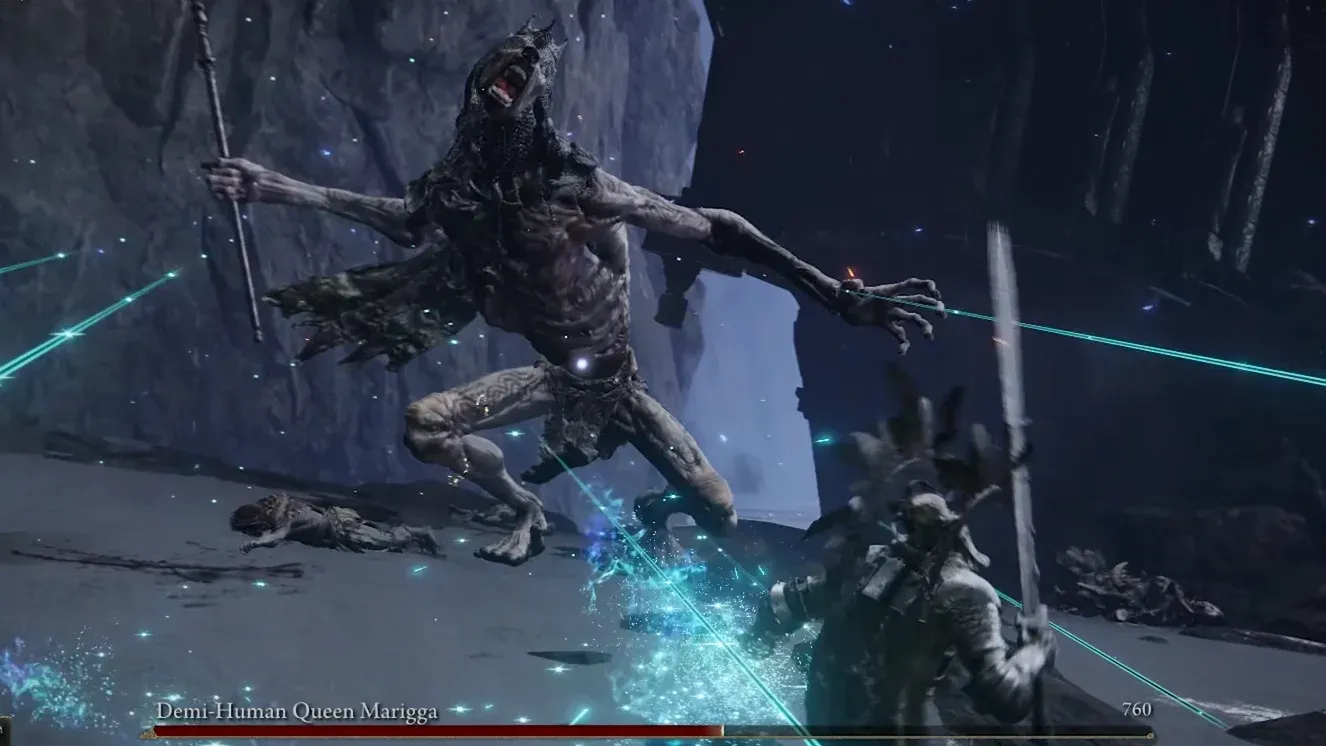
In the world of Elden Ring, people often view demi-humans with prejudice and misunderstanding, largely due to the influence of entities like The Golden Order. Many dismiss these beings as primitive or animalistic, undermining their complexity and intelligence. Despite their ability to wield sophisticated sorceries and engage in skilled crafts like seamstering, they are often seen as intellectually inferior. This misconception dehumanizes them and justifies their mistreatment, as illustrated by Boc—a polite and coherent demi-human seamster.
Biases against demi-humans are not just a reflection of ignorance but are systematically ingrained into societal structures that oppress them. Derogatory language, such as “vulgar,” aligns them with other marginalized groups like the Vulgar Militia. These perceptions impact their interactions with other races, often leading to hostile encounters and reinforcing their status as outsiders. However, figures like Kenneth Haight challenge these biases by acknowledging the potential for integration and coexistence. He suggests that under the Erdtree’s true Order, even those deemed vulgar have a place. This portrayal highlights the need to reevaluate demi-human identity beyond reductive stereotypes.
Kenneth Haight’s Relations with the Demi-Humans and Diplomatic Insights
Kenneth Haight is a fascinating figure in Elden Ring, offering a rare view into the potential for coexistence and peace between demi-humans and other races. He embodies the aristocratic airs and prejudices typical of Limgrave’s nobility but shows a willingness to engage diplomatically with the demi-humans. His quest to reintegrate them into his fort reveals his belief in a harmonious order under the Erdtree, where even those deemed “vulgar” are included. The use of the term vulgar highlights the societal biases demi-humans face, yet Kenneth aims to overcome these barriers through dialogue and cooperation.
Significant events and dialogues illustrate Kenneth’s role in bridging these communities. His commitment to reestablish communication with the demi-humans, despite their initial hostility, marks a noteworthy effort toward diplomacy in a world full of division and conflict. Kenneth’s ambition to uphold a true order, where demi-humans are respected and integrated, contrasts sharply with the bigotry and violence of the post-Shattering era. Through his actions, Kenneth Haight not only enriches the world of Elden Ring but also provides a compelling story of redemption and unity, challenging the entrenched prejudices that marginalize and oppress demi-humans.
Demi-Human Knowledge and Cosmology: The Case of Onze and Yosh
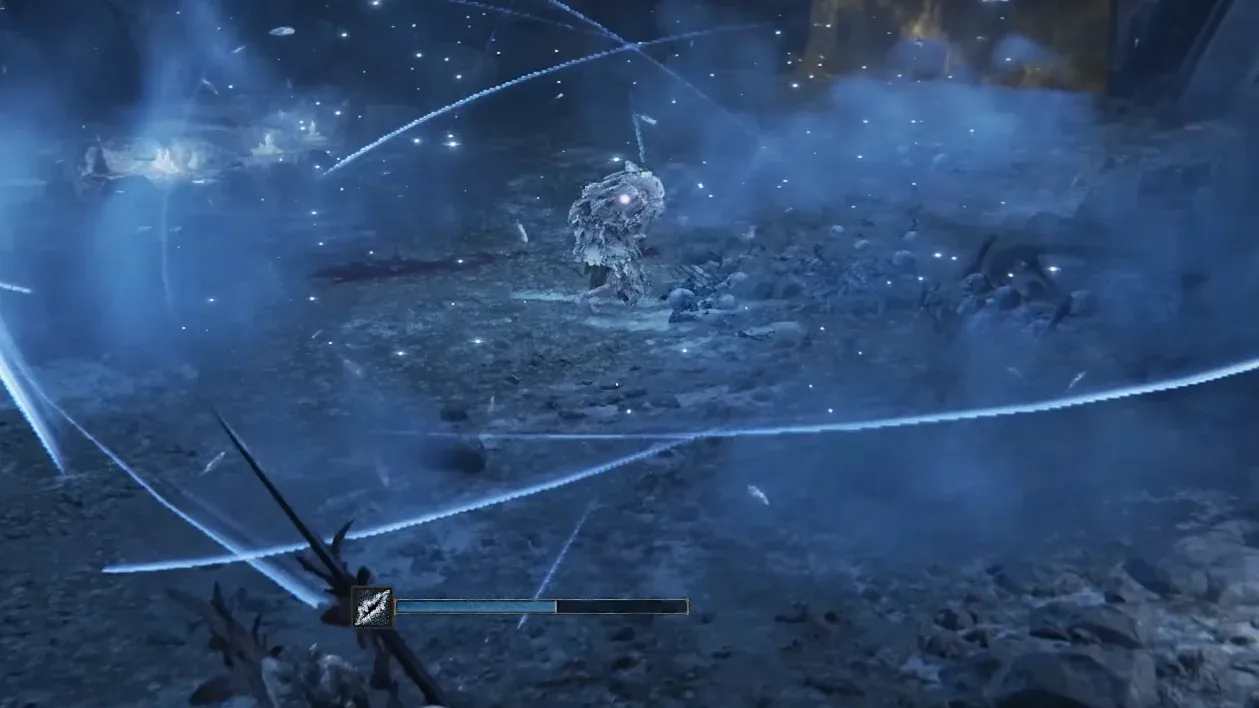
In the mysterious realm of Elden Ring, demi-humans offer a fascinating yet underexplored segment of the universe, particularly through the figures of Onze and Yosh. These characters showcase the demi-humans’ advanced understanding of the cosmos, revealing a sophisticated comprehension that goes beyond their feral appearances. Onze, a master swordsman, foresaw the universe’s inevitable demise—a concept reminiscent of the heat death theory in real-world cosmology. His realization of the “ruin awaiting at the end of the procession of stars” indicates a profound grasp of celestial mechanics and their existential implications, challenging the eternal aspirations of the Golden Order.
Yosh, Onze’s steadfast apprentice, symbolizes the demi-humans’ relentless pursuit of knowledge, defying his master’s seclusion to seek answers. This quest reflects a culture deeply connected with cosmic revelations, suggesting that demi-humans once possessed a civilization of significant intellectual prowess. Their cosmological insights, possibly linked to a forgotten age of five fingers and the crucible’s evolutionary force, echo a story of intellectual ascendancy and subsequent decline. The case of Onze and Yosh not only enriches the lore of Elden Ring but also poses vital questions about the demi-humans’ role in the universe’s grand design and their contribution to the broader story of cosmic understanding and existential dread.
Distinctive Features and Characteristics of Bloodhound Knights
Bloodhound Knights in Elden Ring combine bestial and human traits, making them mysterious figures within the game’s universe. They display animalistic movement patterns and combat styles, involving acrobatic leaps and fighting on all fours. Their helmets, with long snouts, further highlight their beast-like appearance. Despite these features, Bloodhound Knights maintain a unique identity, distinct from other figures like Blaidd, suggesting a deeper complexity in their origins.
Lore hints at potential connections between Bloodhound Knights and demi-humans, primarily through their behavior and the environments they inhabit. Found in regions under Carian influence, known for cooperating with demi-humans, they share a lack of speech with many demi-humans, adding to the ambiguity of their nature. Bloodhound Knights are known for unwavering loyalty, choosing a master for life, similar to the themes of loyalty and betrayal seen with characters like Blaidd. This loyalty, combined with their beastly demeanor, raises questions about their possible demi-human lineage and the blending of human and bestial traits in the Lands Between. Their presence challenges players to explore themes of loyalty and identity, underscoring their significance in the storyline.
Conclusion
The demi-humans of Elden Ring are more than creatures caught between worlds; they symbolize the game’s intricate lore, embodying themes of evolution, divinity, and societal struggle. Their existence challenges players to look beyond appearances and consider deeper connections between humanity, beastliness, and the cosmos. As we explore their stories, from Kenneth Haight’s diplomatic efforts to the cosmic insights of Onze and Yosh, we gain a richer understanding of the universe of Elden Ring and the profound stories that shape it.
